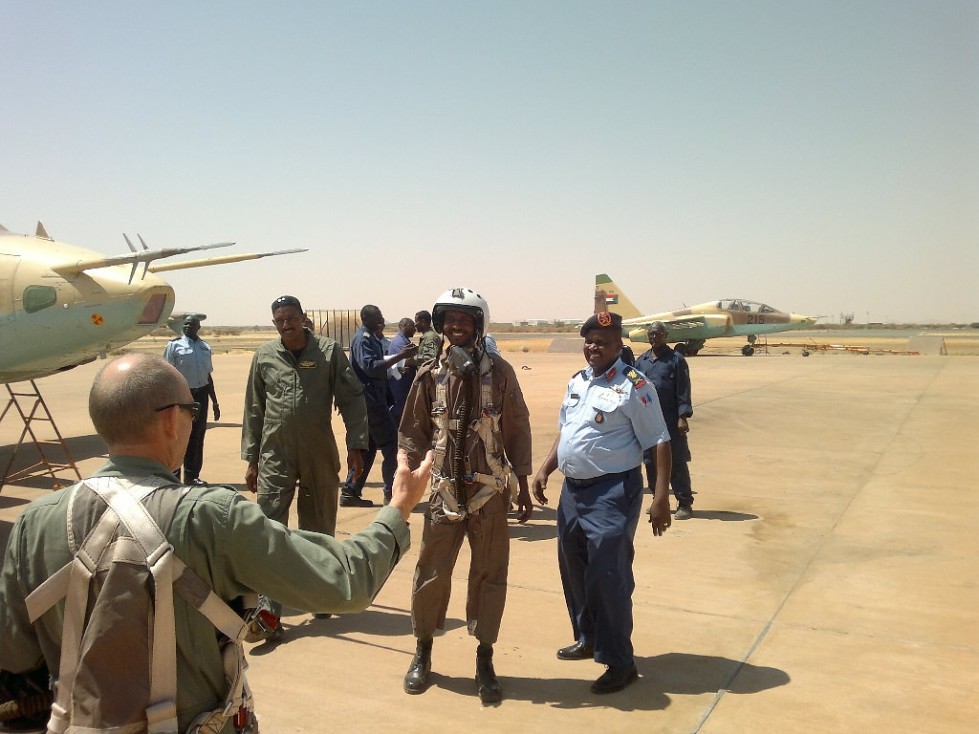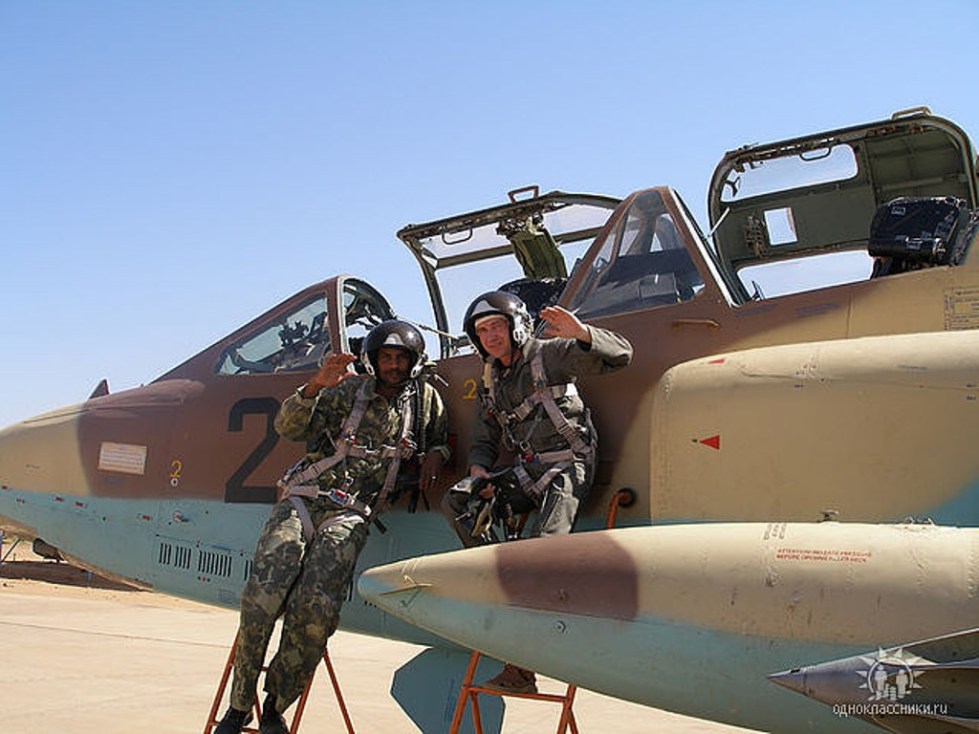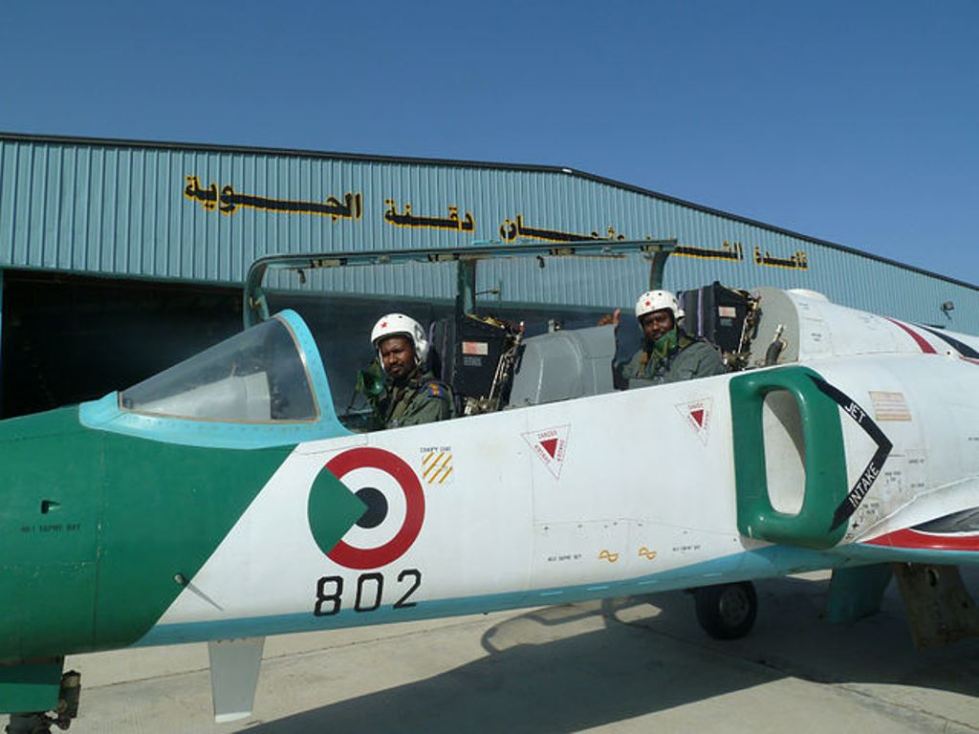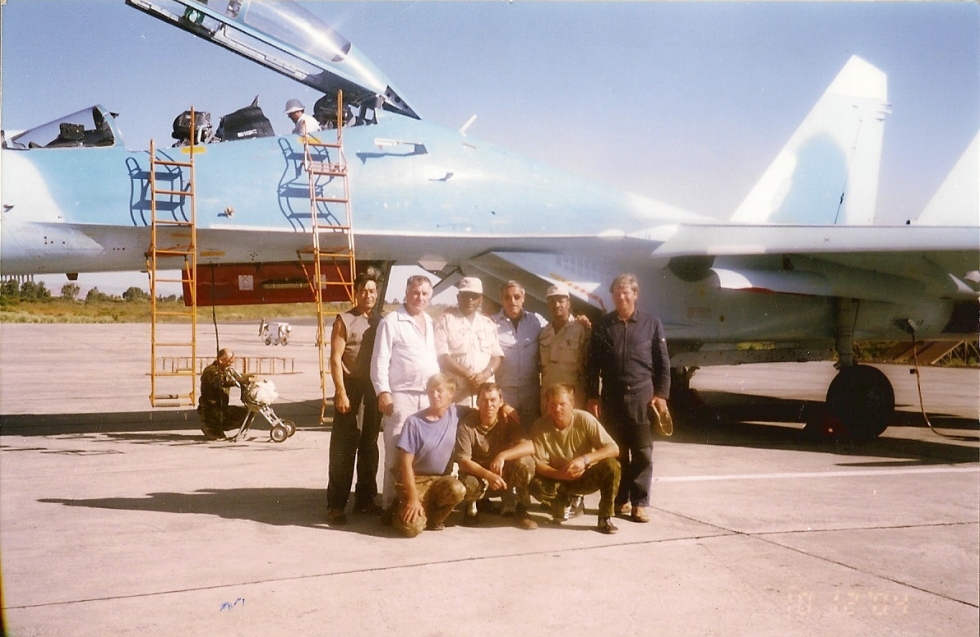Nigeria’s pathetic excuse for an Air Force near extinction. It uses 1960 era ex Soviet fighter jets and trainer aircrafts Nigerian Air Force despite being in a perperual state of military engagement for seventeen years. This is an embarassment, a disgrace unbefiting of a country like Nigeria.

Meanwhile, other smaller comparative air forces with limited resources are modernising at a rapid pace. Due to the reliance on a couple of obselete aircrafts, Nigeria is vulnerable in the skies and cannot protect the nation’s airspace and critical infrastructure.
Old Glory
In 1983 when Chad invaded Nigerian Islands in the Lake Chad Basin, it was the dreaded MiG-21 that stole the show, with a Squadron of the venerable Jaguar fighter jet idle. The MiG-21 with its speed, superb flying manoeuvres with very good air to air and air to ground missiles pummeled the invading forces.

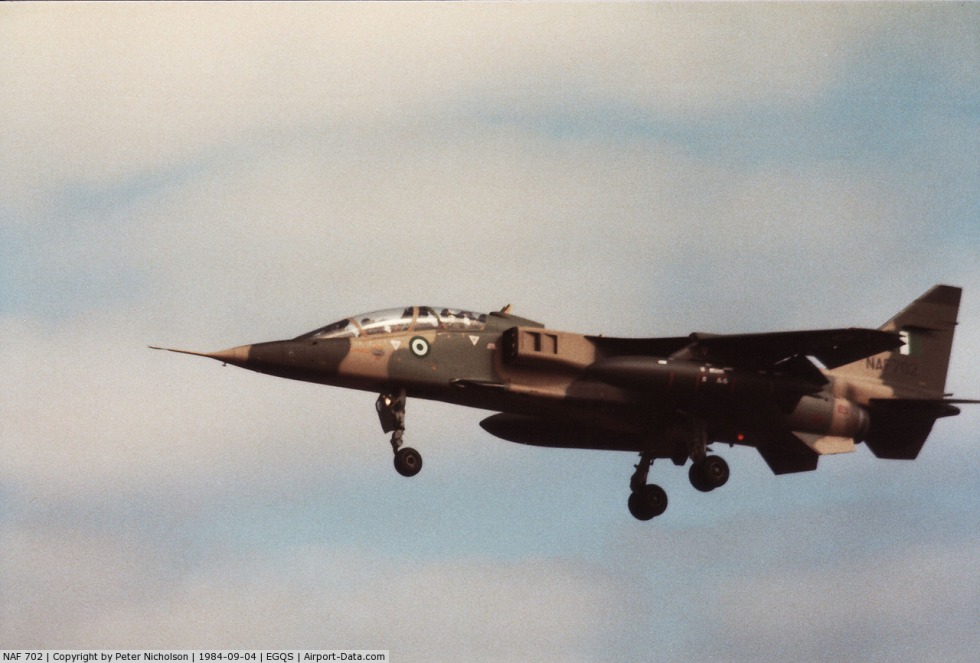
The situation today is different. The Nigerian air force is in bad shape, with the number of its flyable, operational warplanes now at one of its lowest ever, as Nigeria is now forced to weaponize its fleet of Aero L-39 trainers for operations in Nigeria’s northeast in a ground attack role.
The Appropriation Act for 2015 released $36 million for three JF-17 multi-role combat aircraft. Three years down the line negotiations are still ongoing.
Giving its fiscal resources and the number of aircrafts it has, Nigeria should have enough fighters to meet the mandate without resorting to converting its trainer aircrafts right?
….WRONG !
We have to note that Nigeria uses three numbers to count its fighters. There is the total number of aircraft, the number of available aircraft and the number of deployable aircraft. There’s a difference between all three.
Take the Chengdu F-7Ni fighter. The single engine Nose-intake fighter is (im ashamed to say) is Nigeria’s most modern warplane, of which nine are in active service but only six deployable.
In total, Nigeria had 15 F-7N interceptors, lost two to crashes, has nine available and six deployable in 2016. That means less than half of Nigeria’s fighter fleet is reliable in a war.
Enter the Alpha Jet. On paper Nigeria has 12 Alpha Jets. But even as dissapointing as it is, these numbers might be misleading. Nigeria’s Air Brass does not “distinguish between ‘full’ or ‘conditional’ operational capability,”
When only counting the fully operational Alpha jets, the number of deployable fell to eight, So that’s 14 deployable strike aircrafts to defend 932,768 km of Nigerian territory. This is akin to playing a football match with six players.
The Nigerian Air Force is also caught in a time warp. As concepts of warfare changed, unmanned aerial weapons platforms took to the skies. The performance of unmanned combat aerial vehicles has proved so successful that more air forces are looking at drone warfare seriously.
In the case of the NAF even the indigenous drone programme under development by the Air Force Institute of Technology Currently, it is dependent on drones from Israel and China to carry out a suit of surveillance.
Nigerian Air Force F-7N, L-39,Alpha jet
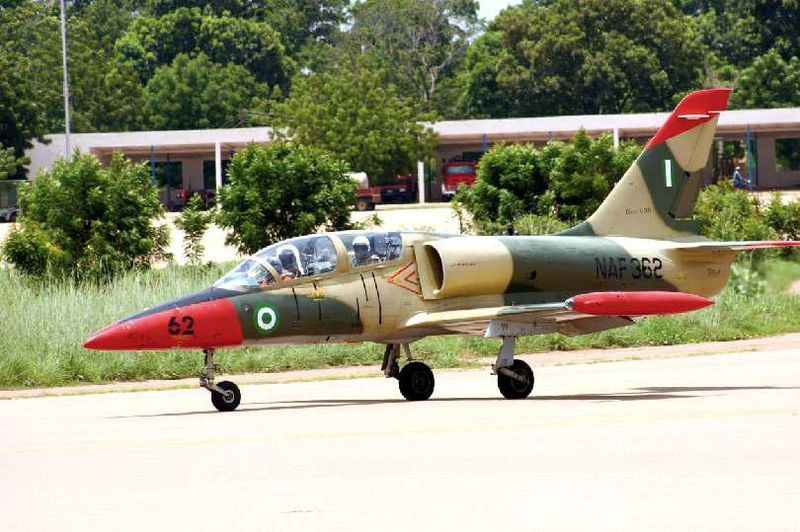
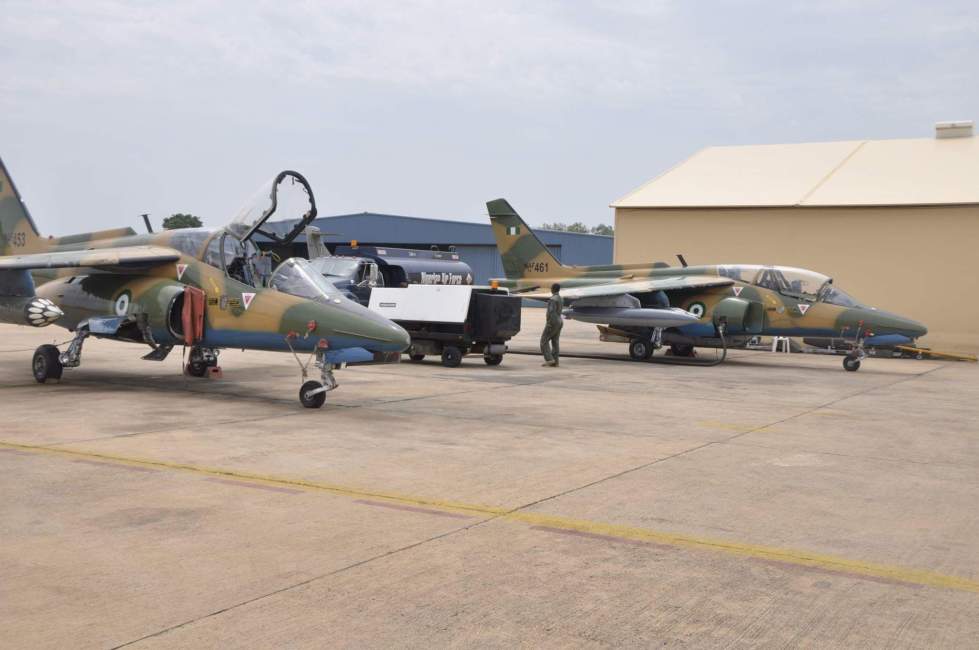
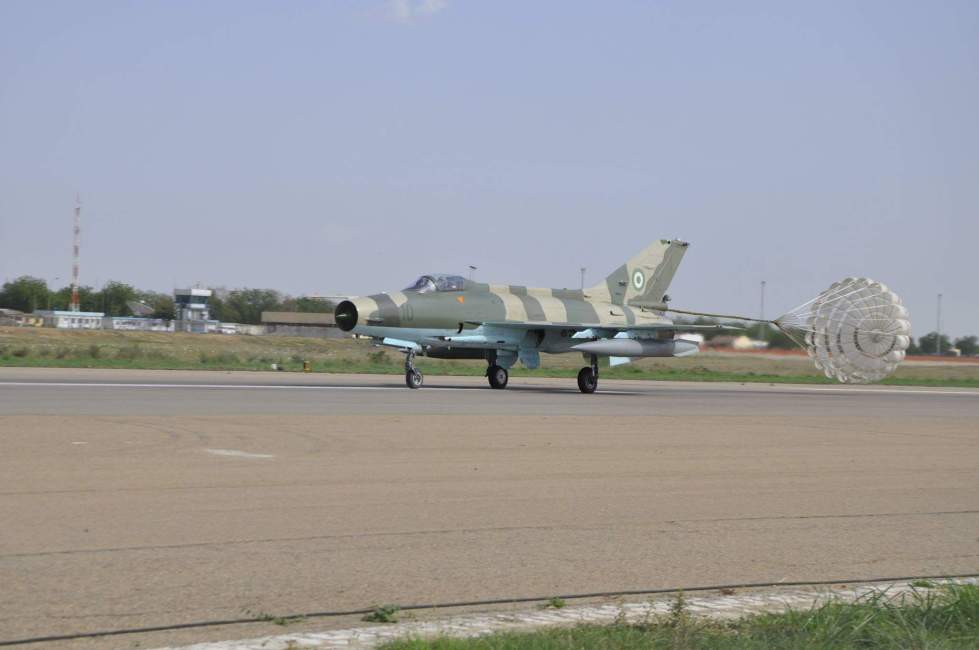
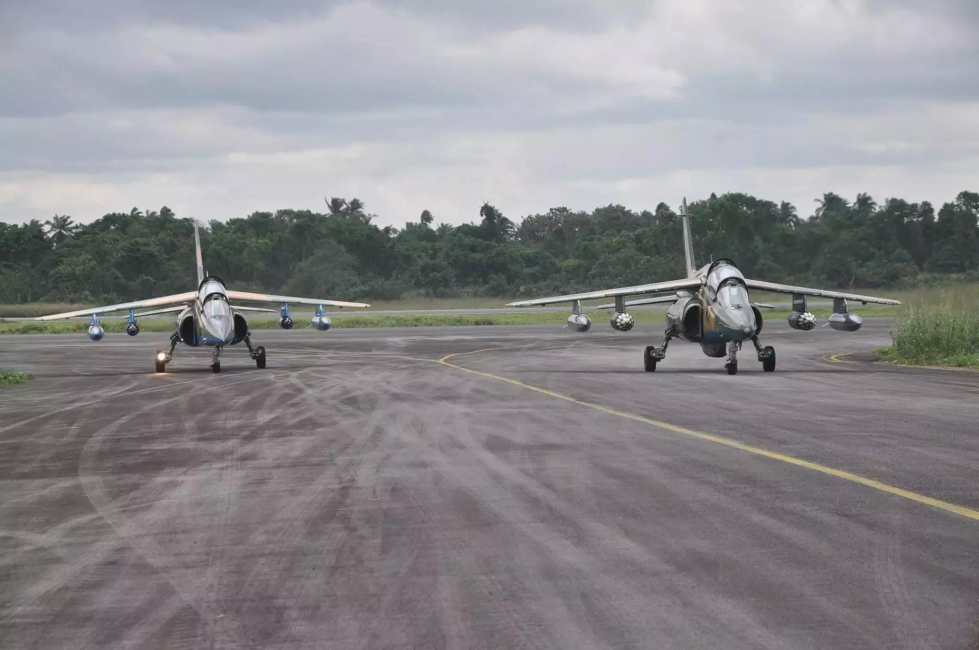
Mali Air Force A-29 Super Tucano
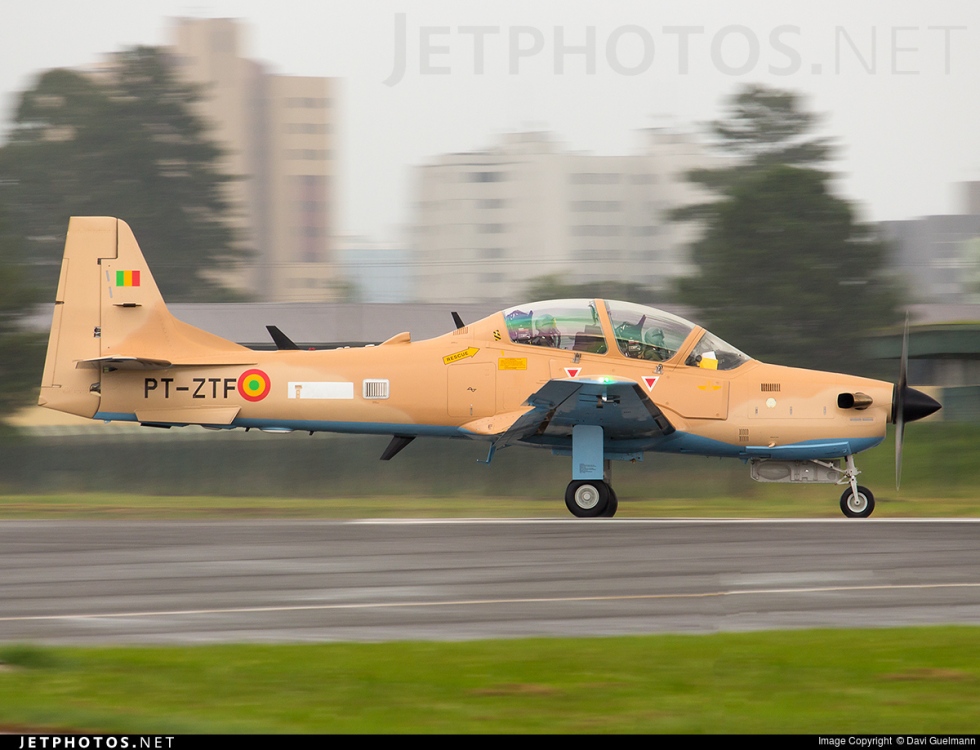
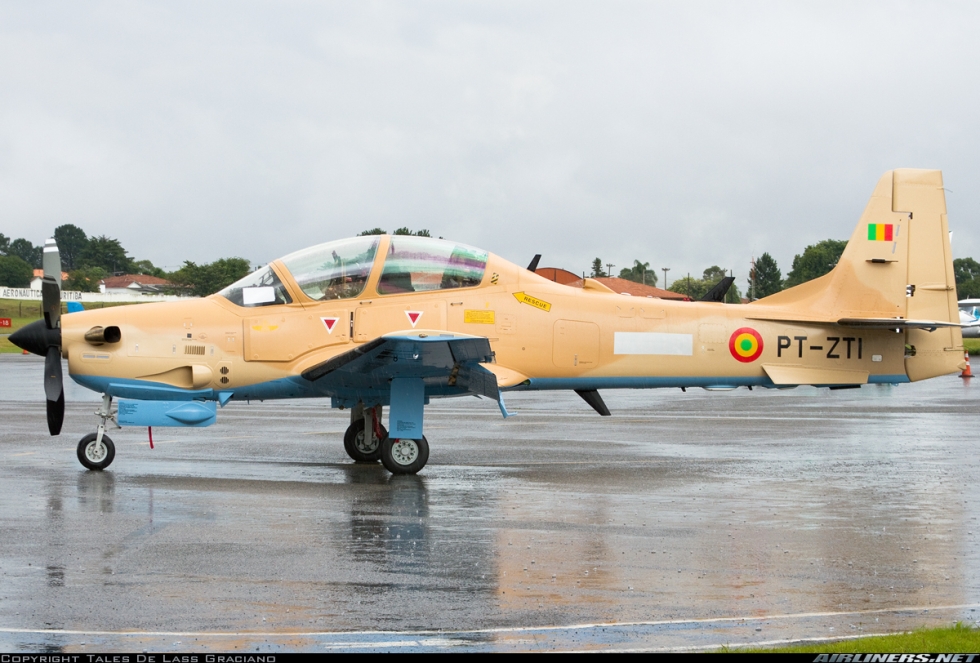
Niger Republic Air Force SU-25 Frogfoot
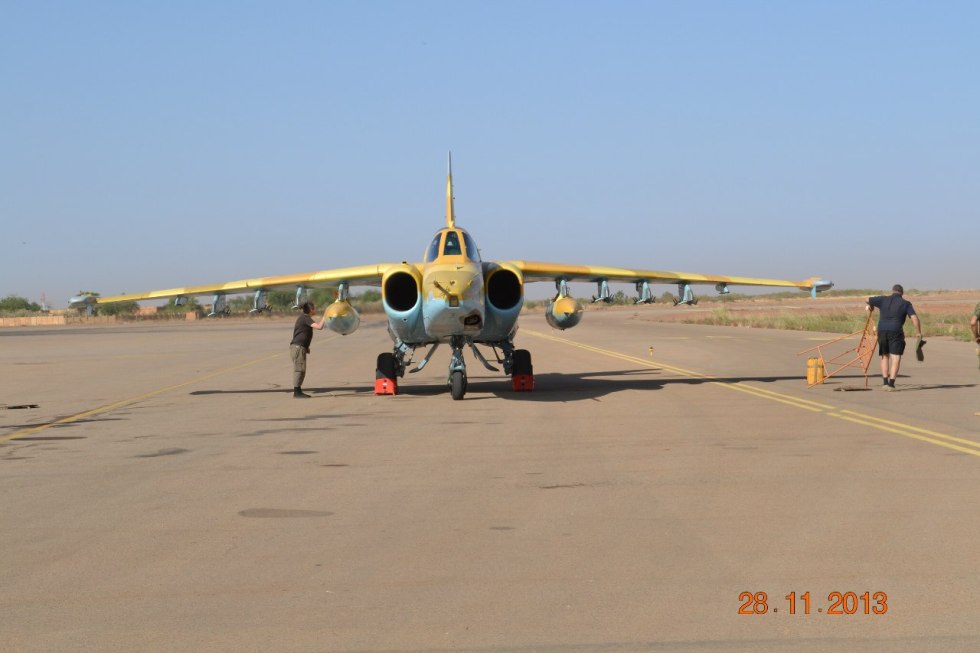
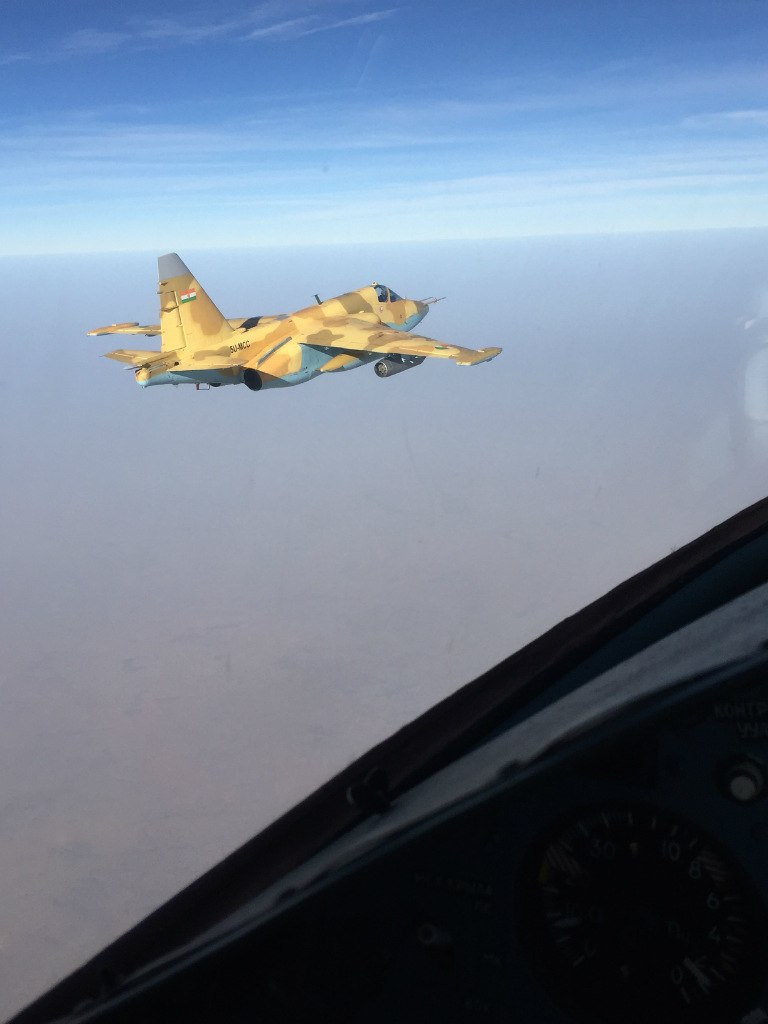
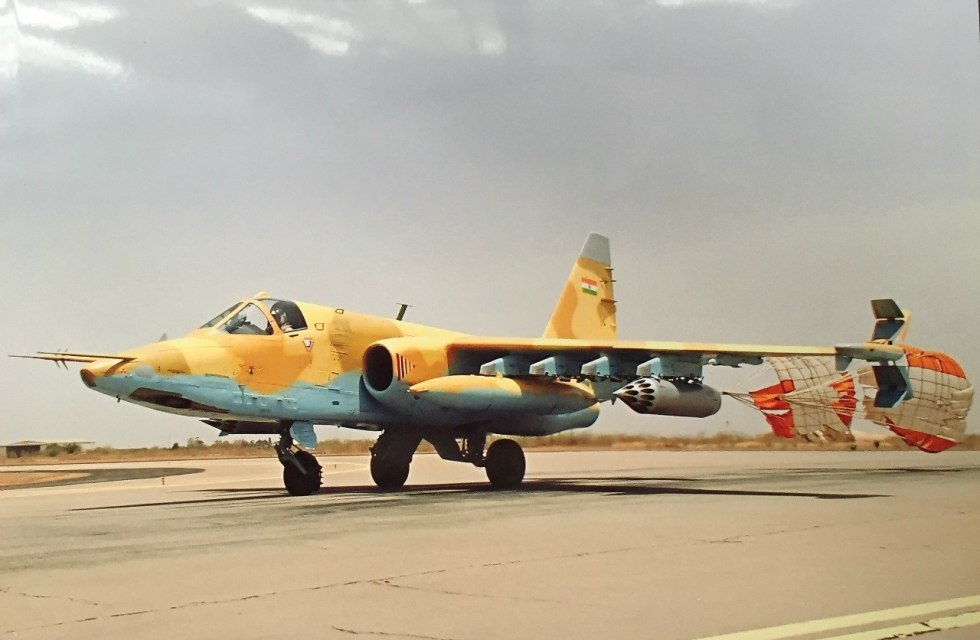
South African Air Force Cheetah C, Gripen Multirole Fighters, Mirage F-1
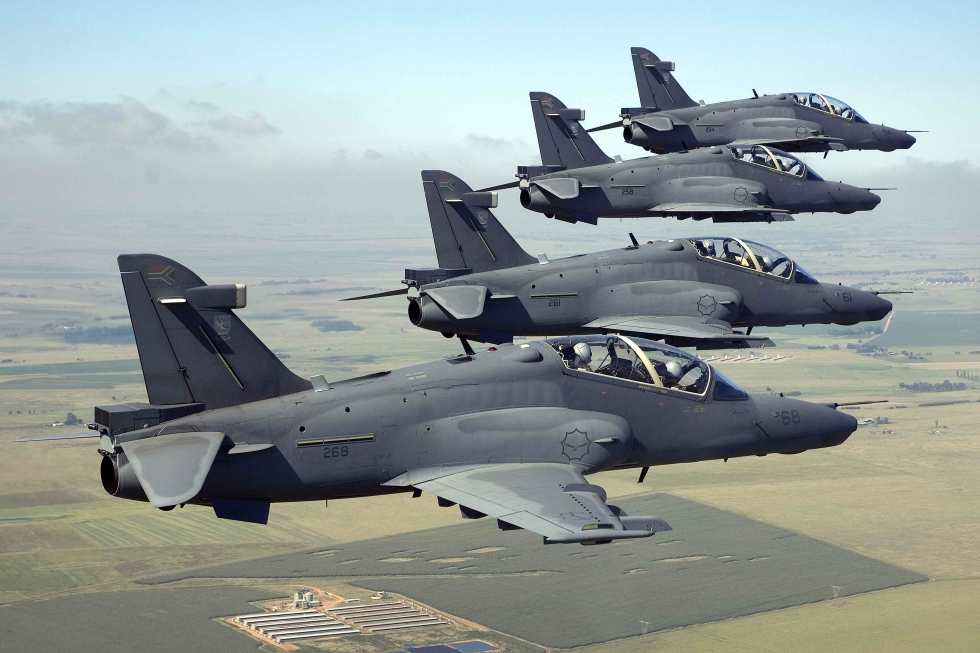


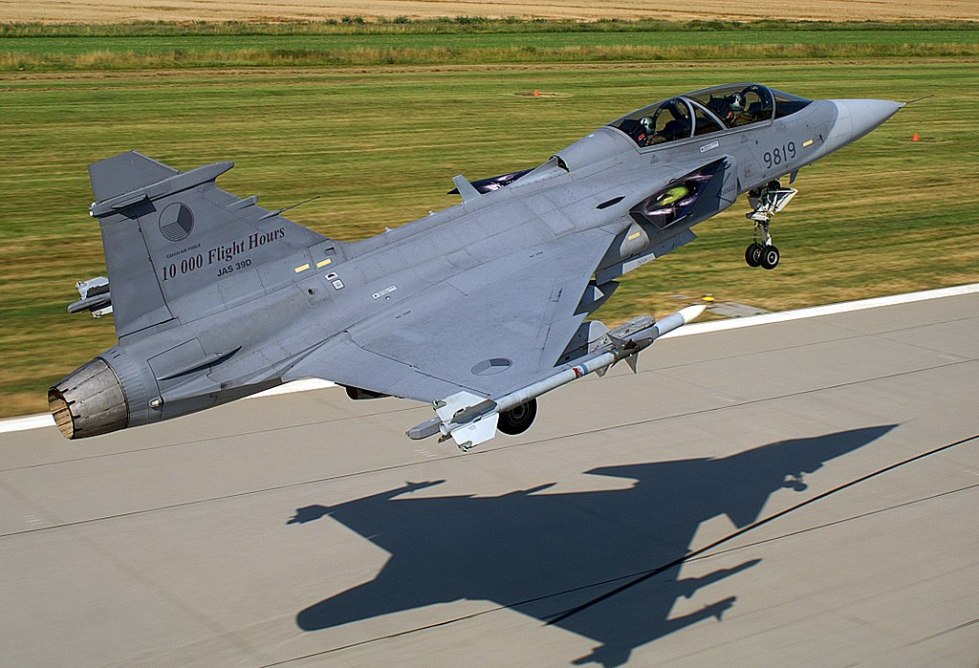
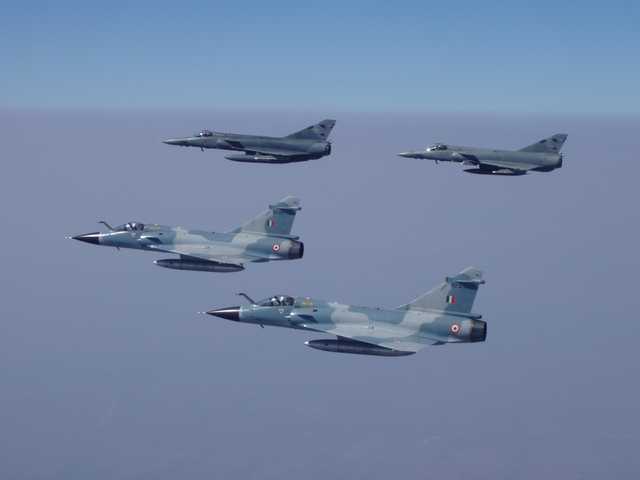

Egyptian Air Force : MiG-29, Rafal, F-16
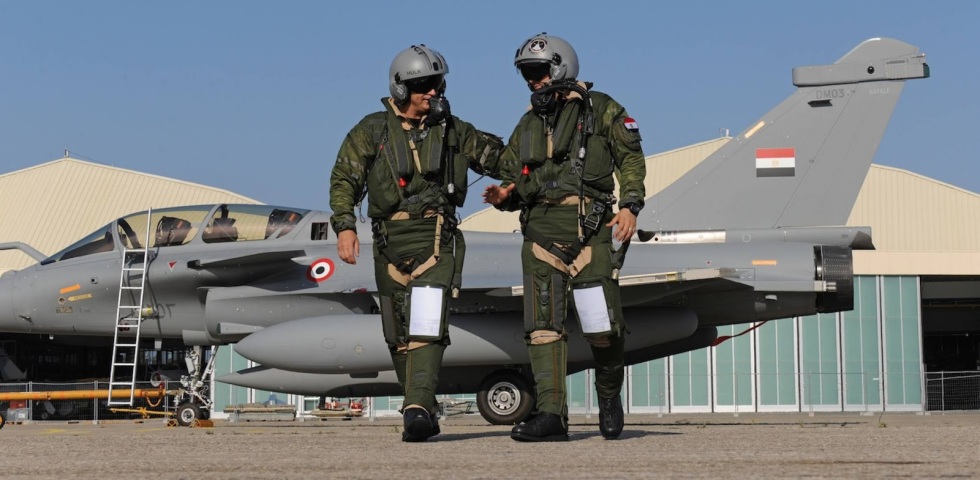


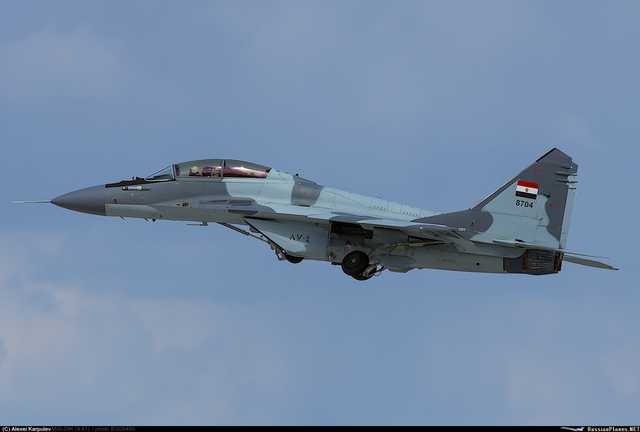
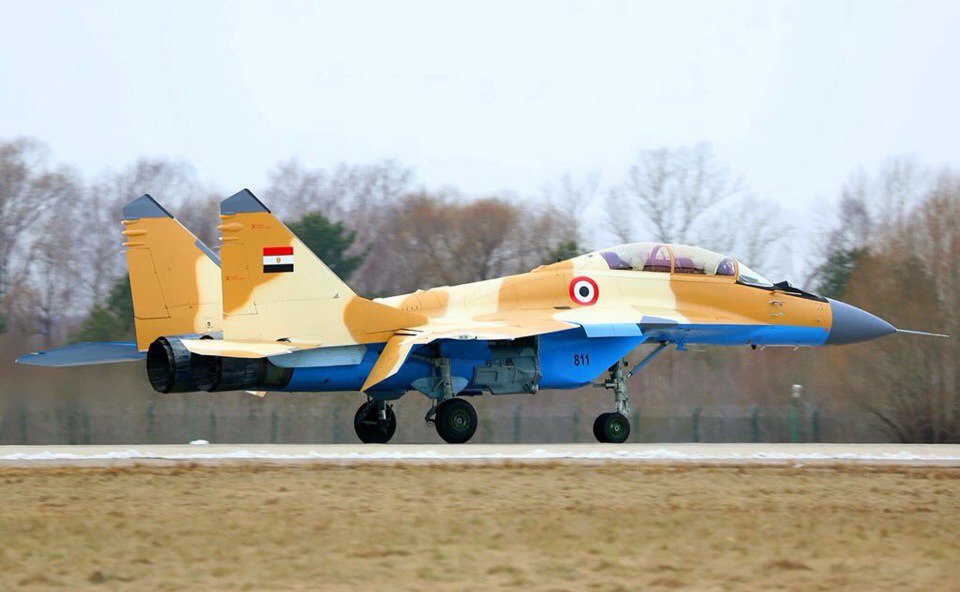
Chadian Air Force MiG-29 Fulcrum, SU-22 Flanker
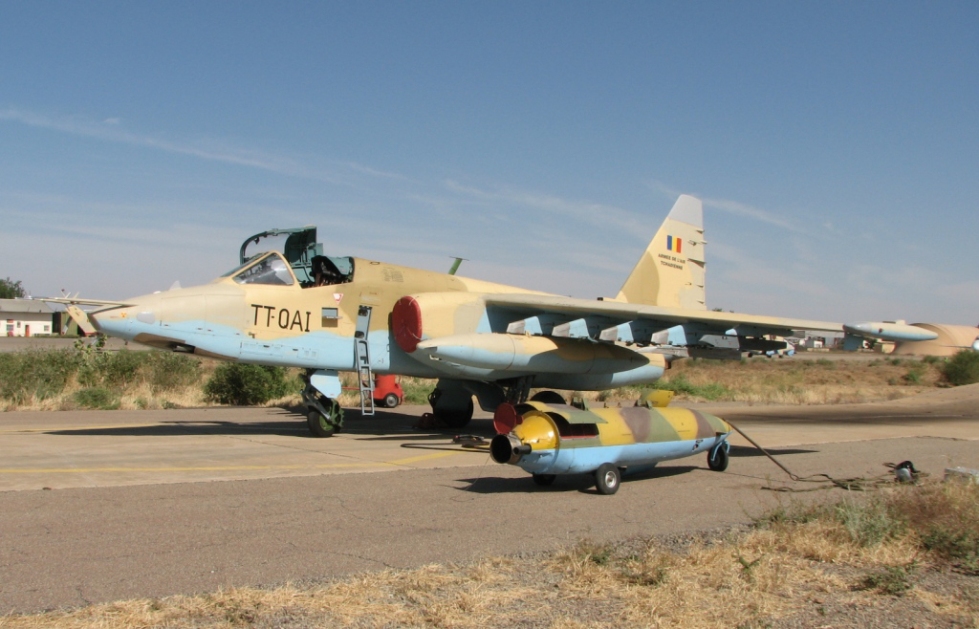

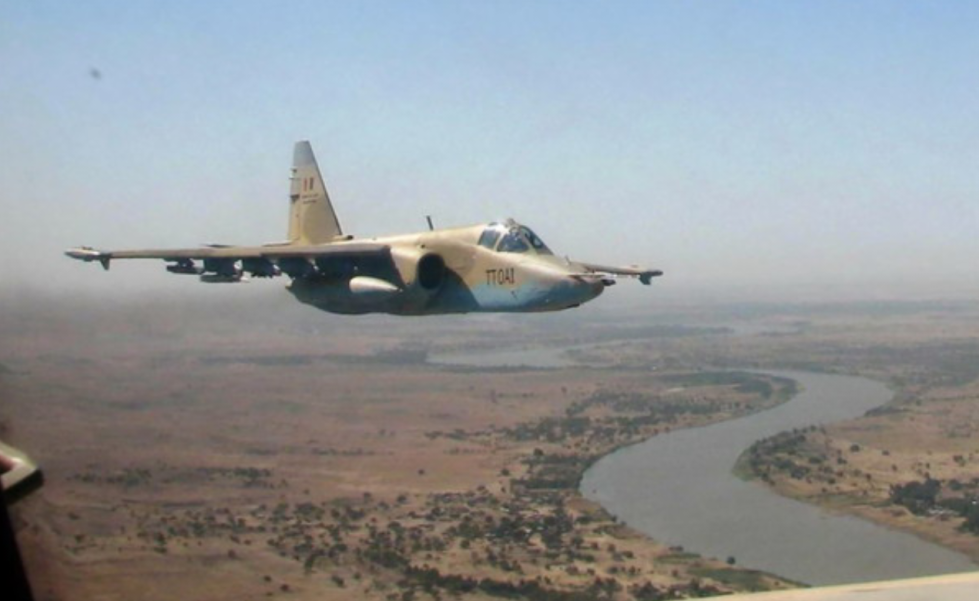
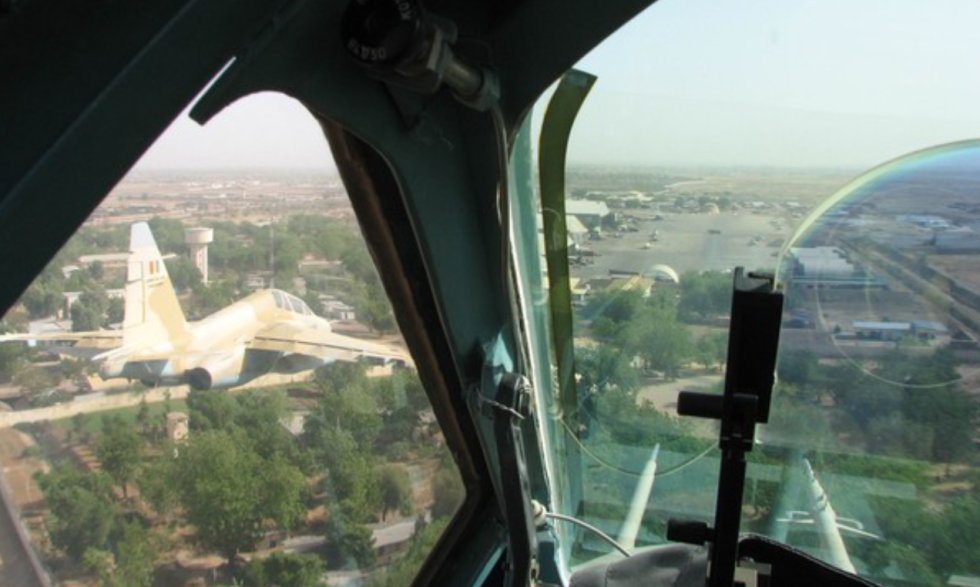
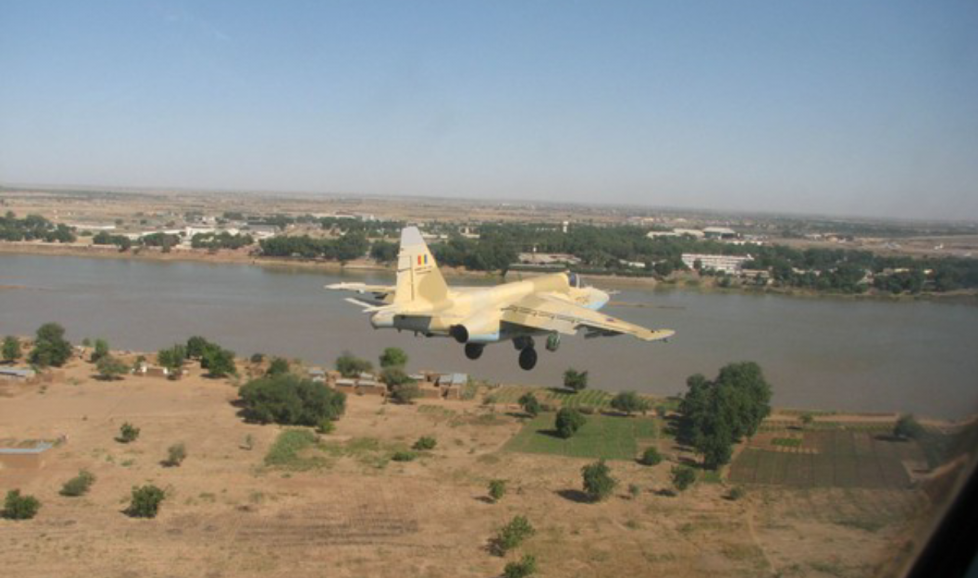
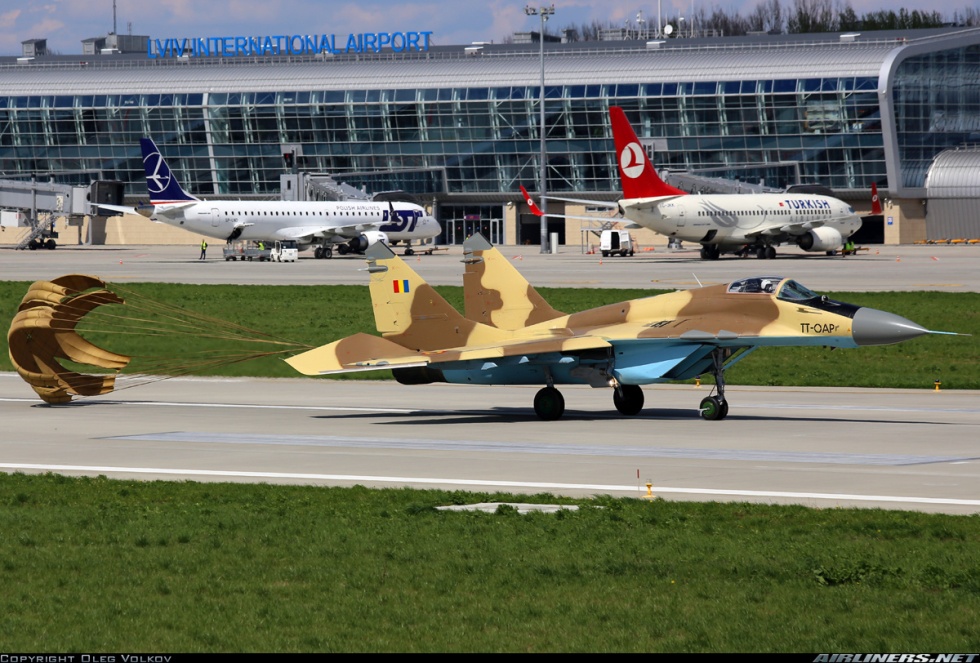
Ugandan Air Force SU-30 Flanker


Kenyan Air Force F-5 Tiger
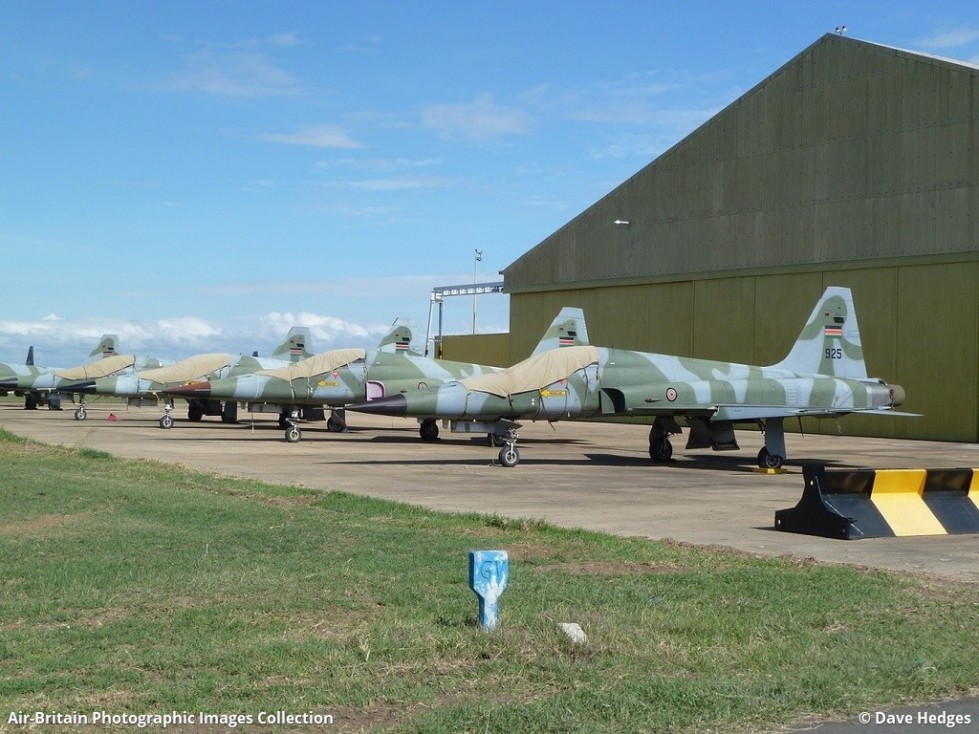

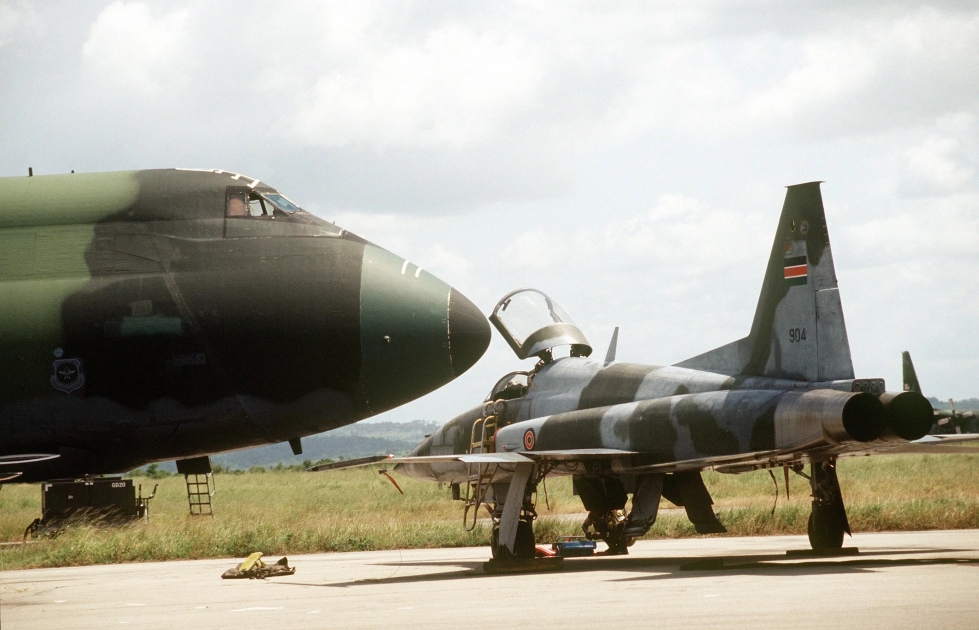

Equatorial Guinea SU-25, L-39.
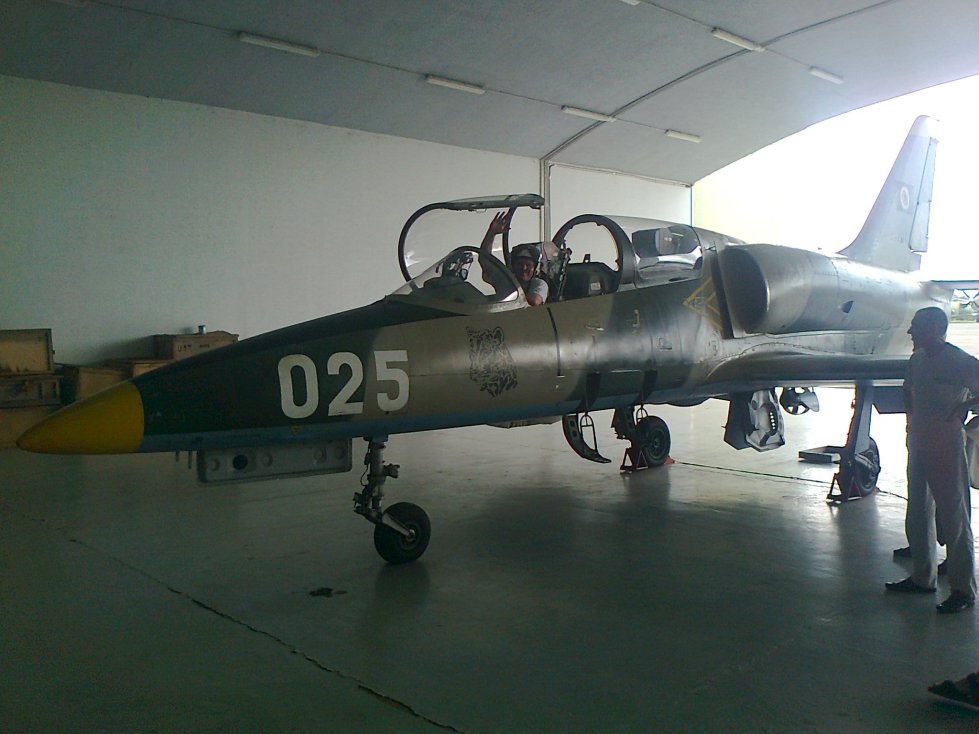
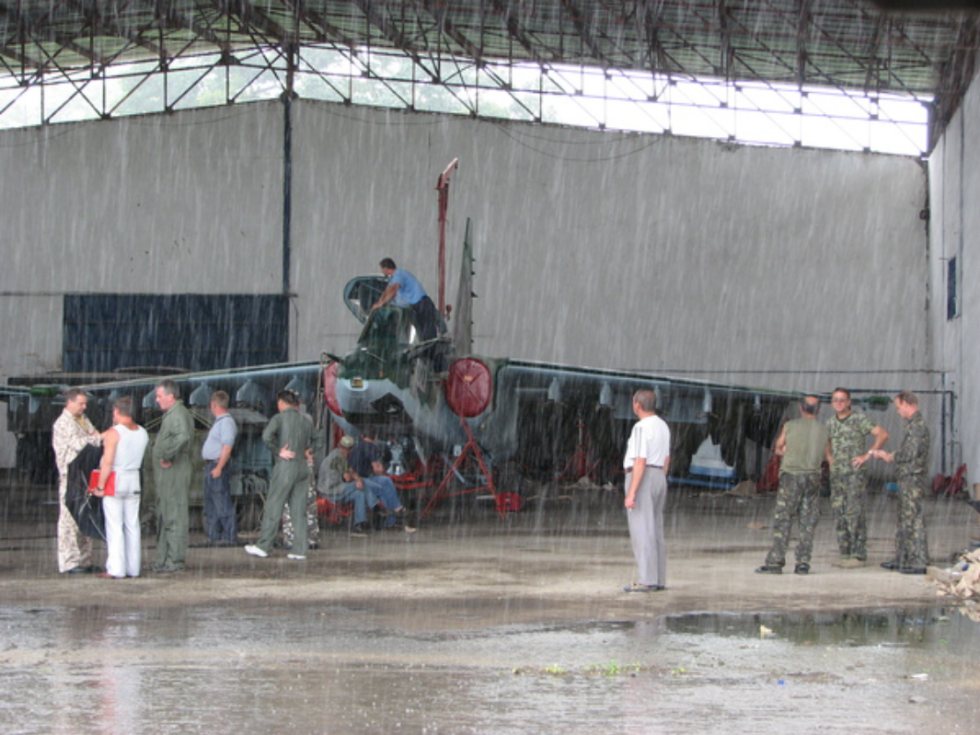

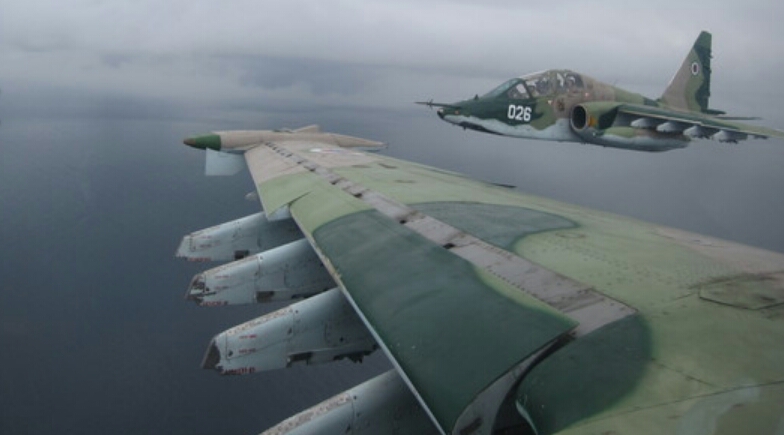
Ethiopian Air Force SU-27,SU-25.
